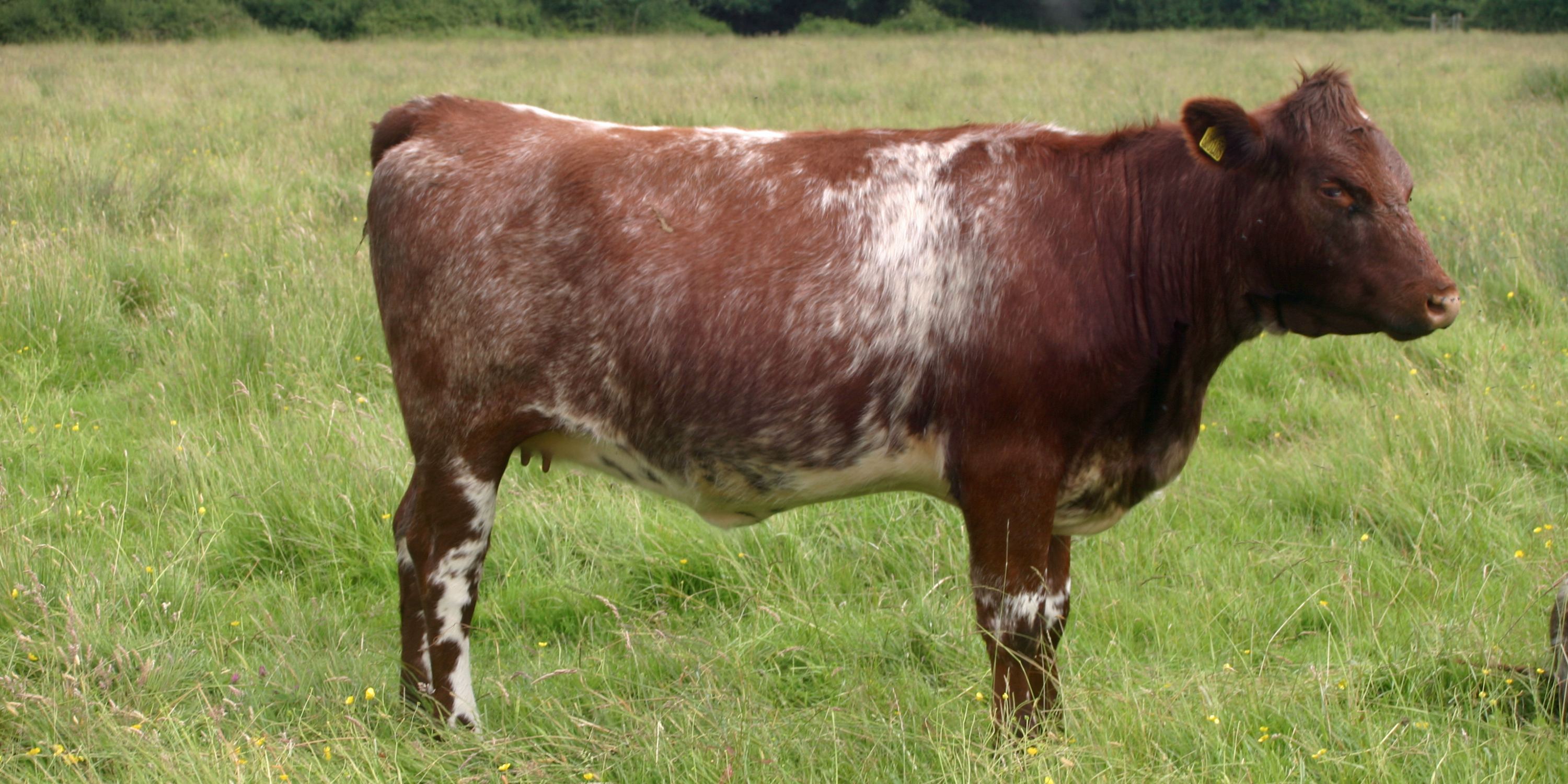
Dual-Purpose Dynamo: A Spotlight on the American Milking Shorthorn
Blending strong dairy performance with beef-yield potential, the American Milking Shorthorn (AMS) is a versatile workhorse of mixed farming systems. With roots in England’s versatile Shorthorn breed, the AMS has evolved in North America to meet modern demands for efficiency, sustainability, and multi‑purpose value. In this post, we’ll trace its history, highlight key traits, and explore why the AMS remains an asset on both small family farms and larger commercial operations.
Origins and History
-
English Shorthorn Legacy
The Shorthorn breed emerged in northeastern England during the late 1700s as a “universal” breed prized for both milk and meat. Early American settlers imported these Shorthorns, and over generations, U.S. breeders selected lines that excelled in milk production without sacrificing beef quality. -
American Milking Shorthorn Development
In the mid‑20th century, breeders formalized the AMS type, emphasizing milk yield, component quality, and dual‑purpose conformation. The American Milking Shorthorn Society, founded in 1920, has guided genetic improvement ever since.
Defining Traits
-
Balanced Milk and Meat
-
Milk Production: AMS cows average around 16,000 pounds of milk per year with solid components (approximately 3.9% butterfat and 3.2% protein).
-
Beef Potential: Beefy frames and muscling yield quality beef from cull cows and bull calves.
-
Adaptable Frame Size
Medium to large stature provides enough body capacity for high milk volumes and carcass weight without the extremes of single‑purpose breeds. -
Efficient Feed Conversion
AMS cattle convert forage and TMR efficiently into both milk solids and muscle, supporting lower input costs and robust output. -
Docile Temperament
Calm, curious cows ease handling in both milking parlors and working facilities, reducing labor stress and improving safety. -
Longevity & Fertility
Strong fertility rates and extended productive lifespans—cows often remain productive for 6–8 lactations—lower replacement needs and heifer‑rearing costs. -
Distinctive Coloring
Coat patterns range from red‑roan and white to various roan blends, giving AMS cattle a uniquely attractive appearance in the herd.
American Milking Shorthorn in Modern Production
-
Family & Diversified Farms
The AMS excels on mixed farms where both milk and meat revenue streams bolster financial resilience and resource utilization. -
Organic & Pasture-Based Systems
Their foraging ability and moderate nutritional demands suit pasture‑based dairies, organic certification programs, and rotational grazing models. -
Crossbreeding Programs
AMS genetics contribute balanced milk and carcass traits when crossed with Holstein, Jersey, or beef breeds—enhancing vigor, health, and market flexibility. -
Niche & Value‑Added Markets
Producers leverage AMS milk for specialty cheeses and cultured products, while AMS beef finds favor in farmstead and direct‑to‑consumer channels.
Economic and Environmental Advantages
-
Diversified Income
Dual‑purpose output stabilizes cash flow by tapping both dairy and beef markets. -
Resource Efficiency
Efficient use of pasture and feed ingredients reduces waste and lowers feed costs per unit of output. -
Sustainability
Extended cow longevity and robust health lessen greenhouse gas emissions and resource demands over an animal’s lifetime. -
Resilience
Adaptability to varied climates and management systems ensures consistent performance—even under fluctuating market or environmental conditions.
Conclusion
From their Shorthorn ancestors in England to today’s diversified North American farms, American Milking Shorthorns embody functional versatility. Their balanced blend of milk volume, component quality, beef yield, and hardy temperament makes them a “dual‑purpose dynamo” for producers seeking efficiency, sustainability, and diversified revenue. Whether in an organic pasture loop or a mixed‑enterprise operation, the AMS continues to prove that good genetics and smart management can deliver the best of both dairy and beef worlds.
Share


